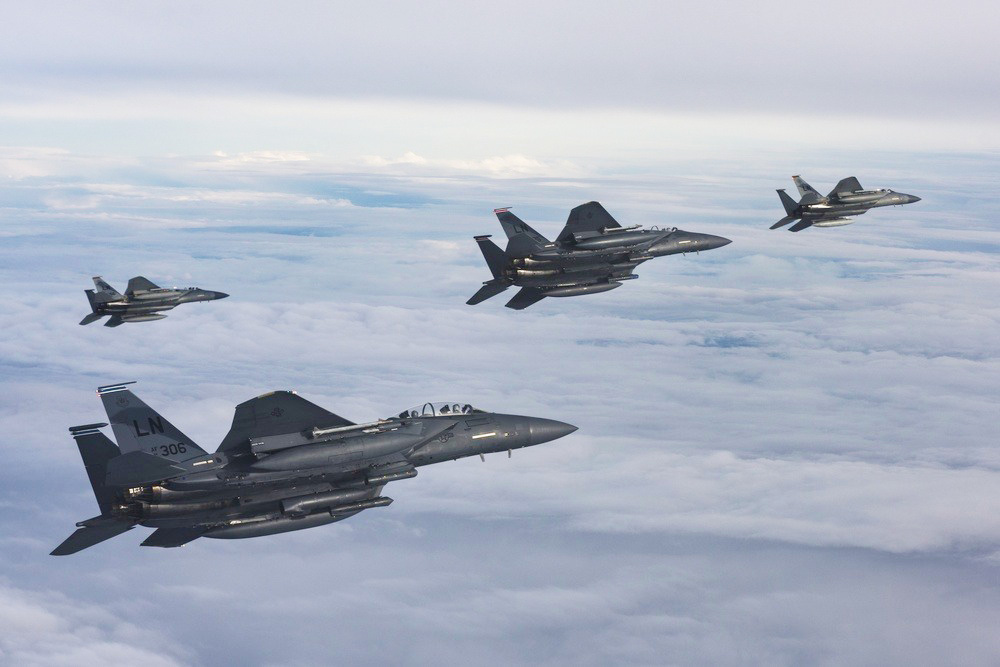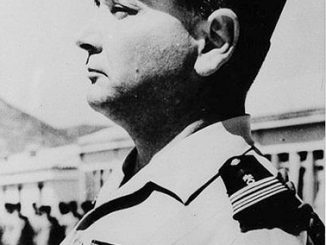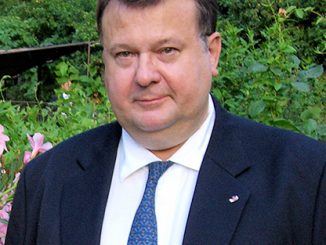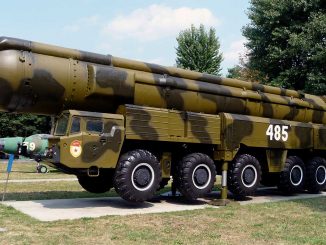NATO fighter aircraft from Norway, the United Kingdom and the United States on 3 February 2022 escorted two groups of Russian military aircraft for a second day running. The intercepts, which occurred over the Barents Sea and off Scotland, were routine in nature and the Russian airplanes did not enter allied airspace.
Ramstein, Germany – (NATO) U.S. F-15Es scrambled and intercepted Russian fighters operating near Allied air space over the Baltic Sea while Norwegian and British aircraft intercepted Russian aircraft in flying from the Barents into the North Sea on Thursday February 3, 2022.

Combined Air Operations Centre Uedem (CAOCUE) ordered a scramble from the enhanced Air Policing detachment at Amari Air Base, Estonia to respond and investigate unknown aircraft transiting through airspace near to the Baltic States. The US F-15 aircraft positively identified two Russian Su-35s and two MiG-31s, which had not filed flight plans and were not communicating with Air Traffic Control. During the intercept, it was confirmed that these fighters were escorting a Russian TU-154 transport aircraft. At no time did the Russian aircraft enter Allied airspace and all interactions were safe and professional.
CAOC Uedem is responsible for maintaining a constant watch over Northern Europe and is vigilant 24/7 to safeguard Allied air space
« CAOC Uedem is responsible for maintaining a constant watch over Northern Europe and is vigilant 24/7 to safeguard Allied air space, » said Major General Harold VanPee, Commander of Combined Air Operations Centre Uedem.

NATO Quick Reaction Alert was launched to intercept and identify Russian aircraft in the Barents Sea area. The Norwegian P-3 Orion identified the aircraft. The operation was led by the tactical control -and report unit at Ørland, 131 Air Wing. Photo courtesy of Royal Norwegian Air Force.
Since 2014, the NATO Alliance has implemented Assurance Measures with the goal to assure the Allies along the eastern flank. One tool in this set of measures is the concept of enhanced Air Policing, which demonstrates NATO’s solidarity, collective resolve, and its ability to adapt and scale its defensive missions and deterrence posture in response to an evolving security situation.
Story by Allied Air Command Public Affairs Office













